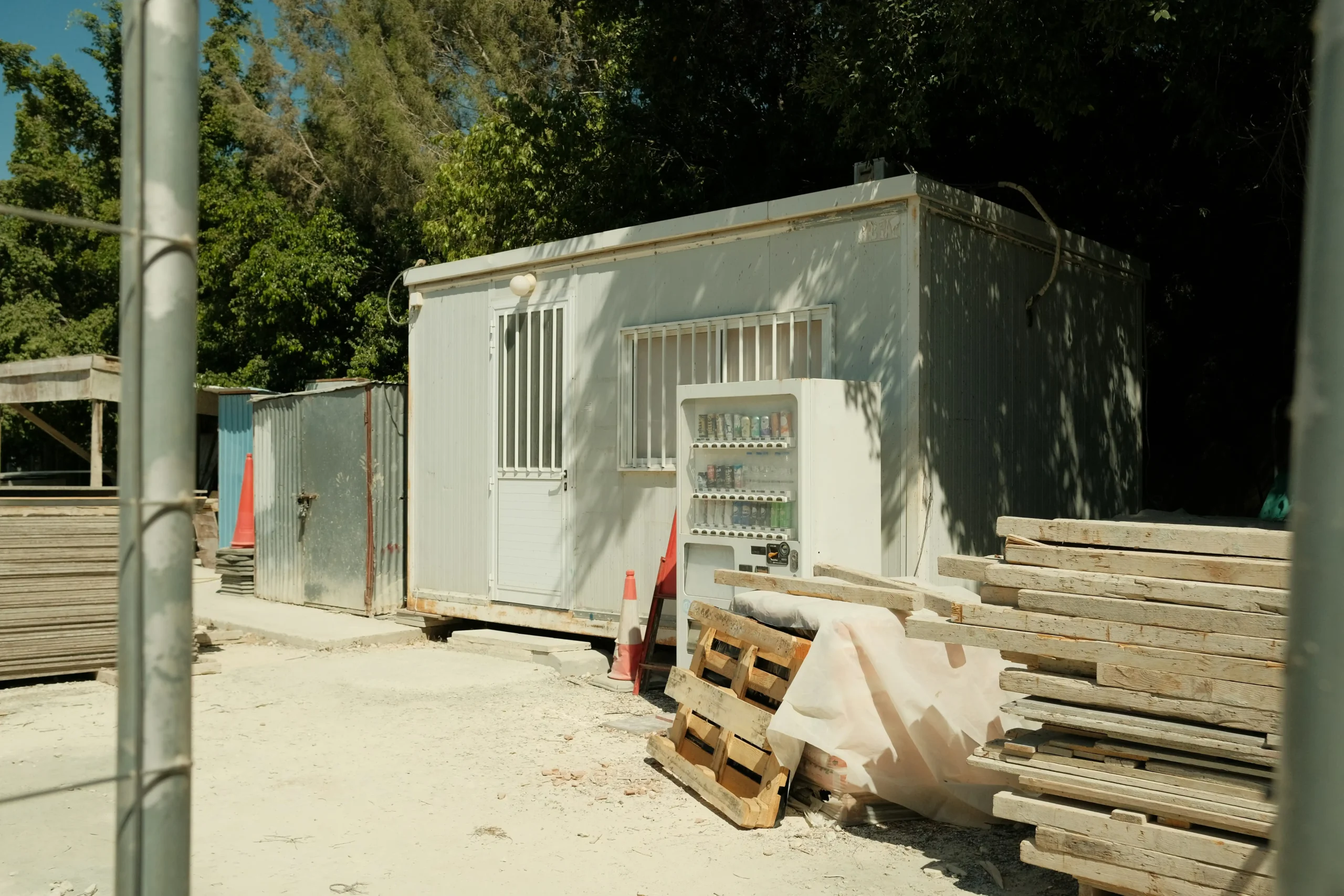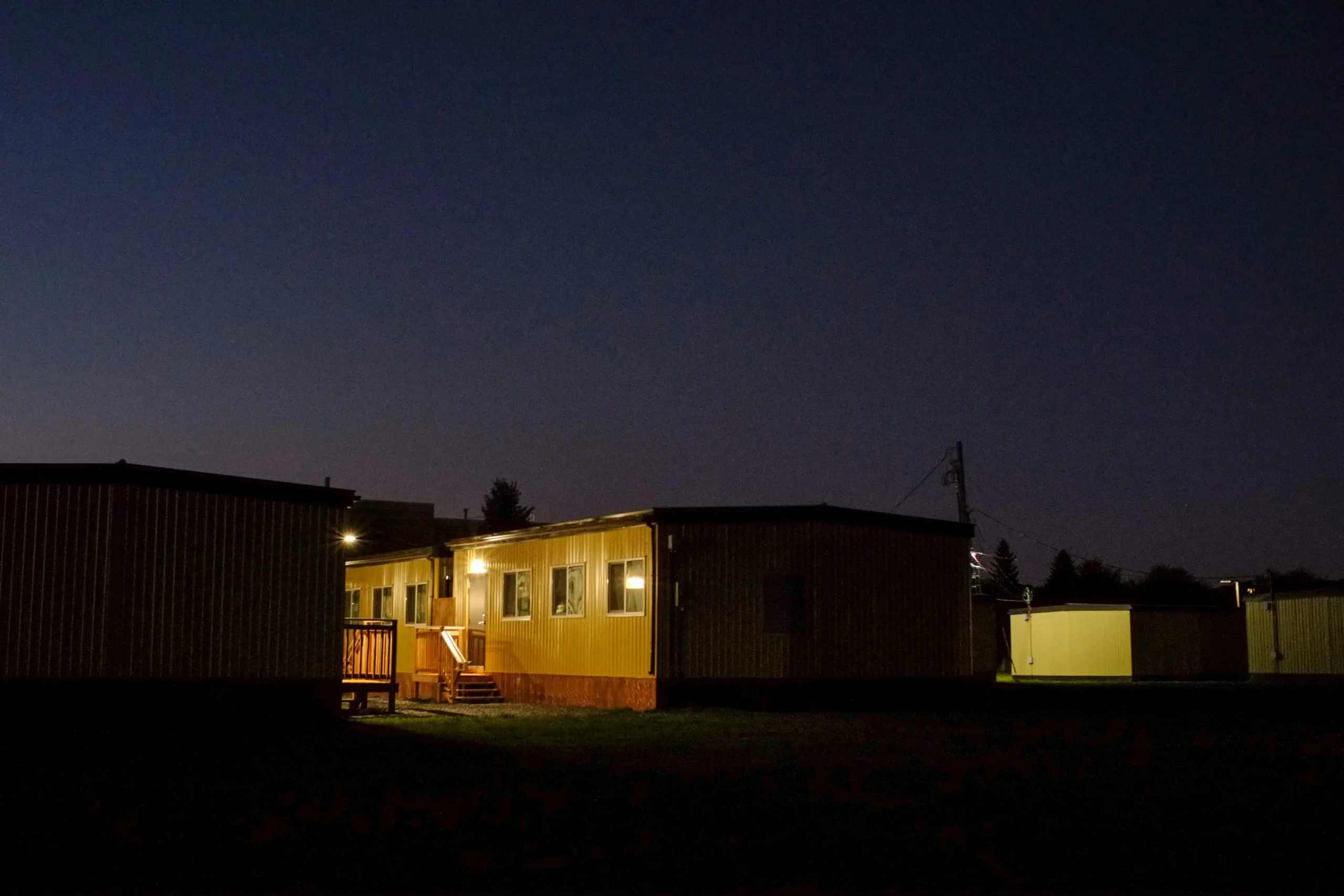- Home
- Articles
- Architectural Portfolio
- Architectral Presentation
- Inspirational Stories
- Architecture News
- Visualization
- BIM Industry
- Facade Design
- Parametric Design
- Career
- Landscape Architecture
- Construction
- Artificial Intelligence
- Sketching
- Design Softwares
- Diagrams
- Writing
- Architectural Tips
- Sustainability
- Courses
- Concept
- Technology
- History & Heritage
- Future of Architecture
- Guides & How-To
- Art & Culture
- Projects
- Interior Design
- Competitions
- Jobs
- Store
- Tools
- More
- Home
- Articles
- Architectural Portfolio
- Architectral Presentation
- Inspirational Stories
- Architecture News
- Visualization
- BIM Industry
- Facade Design
- Parametric Design
- Career
- Landscape Architecture
- Construction
- Artificial Intelligence
- Sketching
- Design Softwares
- Diagrams
- Writing
- Architectural Tips
- Sustainability
- Courses
- Concept
- Technology
- History & Heritage
- Future of Architecture
- Guides & How-To
- Art & Culture
- Projects
- Interior Design
- Competitions
- Jobs
- Store
- Tools
- More
Are Modular and Portable Buildings the Future of On-Site Infrastructure?

Work environments change often and sometimes very quickly. A project may grow faster than expected, a new team may join, or a location may become temporary instead of permanent.
Traditional buildings are not always easy to adjust to these kinds of changes. They take time to build and can be expensive to modify later. Because of this, many industries are starting to shift toward modular and portable building solutions. These structures can be set up quickly, moved when needed, and adapted to different purposes.
This article explores why moveable structures are becoming more common, how they support different industries, and whether they represent a long-term shift in how on-site infrastructure is planned.
Table of Contents
ToggleWhy Industries Are Choosing Portable Structures
Across construction, mining, agriculture, education, and project-based workplaces, one need stands out: flexibility. Worksites rarely stay the same for long. Staff numbers increase or decrease, weather changes operations, and timelines are frequently adjusted. Traditional buildings cannot always keep up with this flow.

Additionally, moveable and modular buildings also offer a more adaptable solution with the following:
1. Customization Without Complexity
Modern moveable buildings are not limited to basic, box-like rooms. They can be customized to match the purpose of the site. Rooms can be divided or open, insulated for different climates, fitted with proper ventilation systems, or designed as offices, storage units, sleeping quarters, classrooms, clinics, or coordination spaces.
For example, many worksites choose portable buildings when they need temporary office areas, accommodation blocks, or secure storage that can be set up quickly and expanded later if the project grows. Companies like Aussie Demountables provide transportable, customized structures that can be adjusted in layout, size, and interior features. This means a space can feel comfortable and functional without involving complicated construction or long delays.
The main idea is simple: the building adapts to the work, not the other way around.
2. Cost Efficiency and Budget-Friendly
Permanent construction requires a strong financial commitment. Materials, labor, permits, and location preparation all add to the total cost. For many work environments, especially those that are temporary or project-based, this may not be financially practical.
Modular moveable buildings help reduce this pressure. Because they are built off-site using efficient manufacturing processes, the initial cost is usually lower. They can also be reused for multiple projects, spreading their value over time. If project demands change, the structure can be moved or repurposed rather than abandoned.
This reduces wasteful spending and helps teams keep budgets flexible — something especially important for industries with seasonal or variable workloads.
3. Sustainability and Reduced Material Waste
Sustainability is becoming a priority for many businesses today. Modular and transportable buildings support this goal in several ways. Since they are prefabricated in controlled environments, they typically generate less material waste compared to traditional construction.
Because buildings can be reused across multiple locations, there is less need to build new structures each time a project changes. This reduces demand for raw materials and minimizes unnecessary land development.
Additionally, the option to relocate a building rather than demolish it significantly reduces environmental disruption and long-term waste.
In short, transportable infrastructure aligns with the growing movement toward resource efficiency and responsible construction practices.

Real-World Environments Where These Structures Excel
Transportable and modular buildings are already widely used across many industries because they solve real, everyday challenges:
- Mining and Construction Camps: Workers often live on-site for weeks or months. Moveable accommodation units offer safe and comfortable living spaces that move with the project.
- Project Sites That Expand in Stages: As work grows, additional office or storage units can be added without interrupting operations.
- Remote Field Research Units: Scientists and environmental teams work in isolated areas. Transportable buildings provide climate-ready work and rest areas.
- Schools and Community Programs: Growing student enrollment or temporary education programs benefit from classrooms that can be installed quickly.
- Emergency or Disaster Relief: Disaster response teams need shelters, medical stations, and coordination spaces that can be deployed rapidly.
- Festivals and Event Sites: Event hubs, ticket booths, first-aid stations, and security rooms can all be set up temporarily and removed once the event ends.
In each of these examples, the building only stays as long as the need exists — and moves on afterward.
So, Are They the Future of On-Site Infrastructure?
More industries are now valuing adaptability just as much as durability. Project timelines are shorter, resources must be allocated carefully, and workplaces often shift. Modular and transportable buildings fit this model well. They support changes without requiring new construction every time plans adjust.
As businesses continue to prioritize cost control, sustainability, and speed, demand for transportable and modular infrastructure is likely to grow. These structures are no longer viewed as temporary stand-ins — they are becoming a practical, efficient, and long-term solution in many modern work environments.
illustrarch is your daily dose of architecture. Leading community designed for all lovers of illustration and #drawing.
Submit your architectural projects
Follow these steps for submission your project. Submission FormLatest Posts
Top 8 Luxury Vacation Rentals Features Guests Love Most
A luxury vacation rental offers an entirely different experience than a typical...
Why Local Expertise Matters: Choosing the Right Plumbers in Townsville
Why Local Expertise Matters: Choosing the Right Plumbers in Townsville When it...
Bathroom Remodel ROI: How to Add $15–30K to Your Home Value in 2025-2026
Outdated bathrooms can drag a listing 20-30% longer on the market. Buyers...
The Key Factors to Review When Comparing Fiber Providers in Minneapolis
Looking for a fiber provider in Minneapolis can feel surprisingly overwhelming. The...












Leave a comment